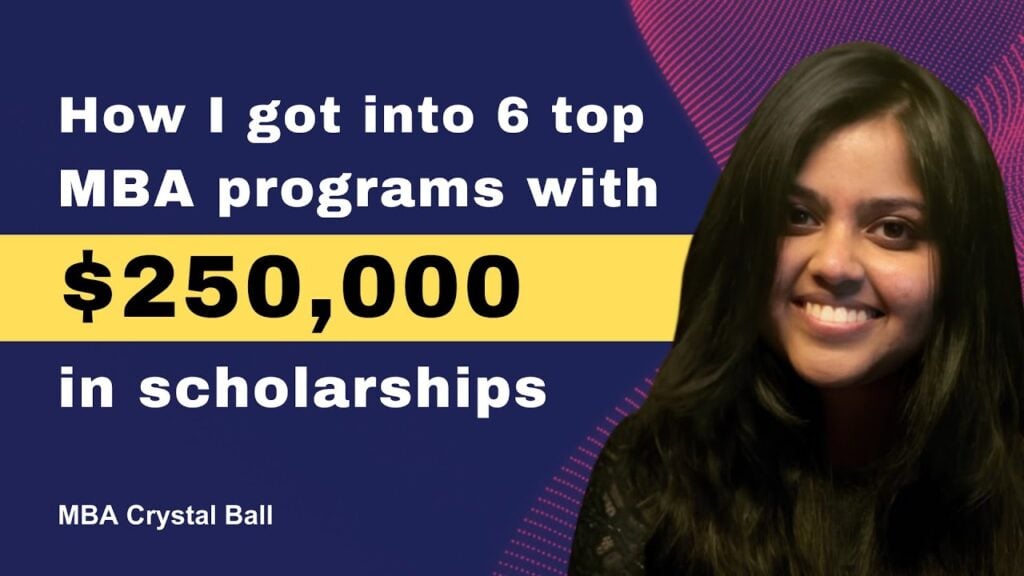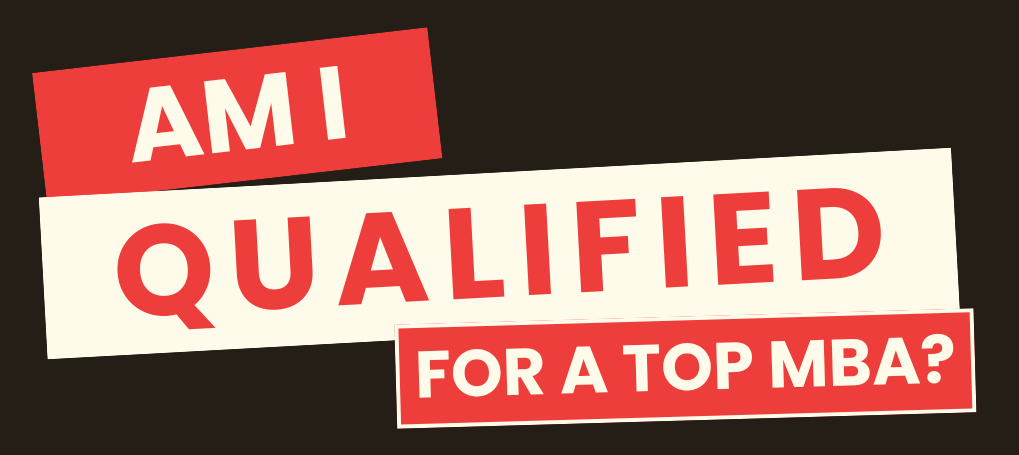During an interview with Menlo Coaching’s Founding Partner David White, Kate Smith, the Assistant Dean of Admissions and Financial Aid at Northwestern Kellogg, was kind enough to share her insider’s perspective on the Kellogg MBA admissions process, covering the program’s use of video essays and the importance of demonstrating a personality fit in the application.
It is worth mentioning that at the time of the interview, MBA admissions was largely business as usual, especially compared to the 2020-2021 app cycle, which was widely disrupted by the coronavirus pandemic. And in light of the current situation, Kellogg’s approach to video essays has proven to be both innovative and prescient; now more than ever before, the global business community has embraced video communication.
Kellogg MBA Admissions Insight
Note: Video interview with Kate Smith recorded in 2019.
Read on to learn more about Kellogg’s MBA application and video essay requirement, along with other important factors at play for students who wish to take part in the prestigious and competitive Kellogg MBA admissions process.
Kellogg’s Video Essays
For several years, the Kellogg School of Management has asked applicants to answer interview questions on-camera. Responses are recorded and reviewed by the admissions committee, much to the consternation of some Menlo Coaching clients!
Despite the anxiety some applicants may feel, however, the video essay has become a crucial—and unavoidable—part of the Kellogg MBA application.
As explained by Assistant Dean Kate Smith, the video essay fills in a certain “gap” in the admissions process; that is, when an applicant interviews with just one Kellogg alumni or admissions officer, there is no opportunity for the entire team to see the applicant in a “candid manner.”
Further, the admissions department at Kellogg believes that the recorded responses prepare applicants for a practice that is becoming increasingly common in the business community: video communication. Indeed, in discussing the practice with Kellogg students, Ms. Smith noted that recorded video essays are becoming standard practice in regular hiring procedures with organizations like Goldman Sachs, Uber, Nike, Apple, and Google (to name a few).
Beyond the hiring process, many readers may also be aware of the importance of video communication in light of the coronavirus pandemic. In a world of social distancing and remote work, communicating well via video has become a fundamental component of professional life.
For especially camera-shy applicants, two pieces of information regarding Kellogg’s video interviews may be of some comfort. The first is that the Kellogg admissions team does not expect applicants to be comfortable on video, especially in this high-stakes and unnerving context. Kellogg knows that its applicants are not movie stars, and you shouldn’t try to be!
The second fact to keep in mind is that the video essay is the last part of the application to be reviewed. Before the team sees a pre-recorded interview response, then, they will have read all the materials that were closely edited and prepared first.
What Else Is Kellogg Looking For?
With an acceptance rate hovering in the mid- to low-twenty percent (26% in 2019; and 20% in 2020), the Kellogg School of Management is not as competitive as some other top business schools like Stanford GSB or MIT Sloan. And yet Kellogg’s admissions committee is careful in their selection of that near quarter of its applicants which makes up their incoming classes. Of course, they keep in mind a few key factors that help to create a balanced and dynamic MBA cohort. So what exactly is Kellogg looking for?
The foundational elements that Kellogg looks for in all its MBA applicants include:
- Academic Rigor. Being able to thrive in a classroom environment is essential to the Kellogg experience. For the incoming class of 2021, Kellogg’s average GPA was 3.7 and their average GMAT was 727. These are among the highest in top programs. Hence, your application ought to reflect on whether you can be a strong student and handle the academic aspects of the MBA.
- Commitment to Diversity. Northwestern Kellogg wants to recruit a diverse student body to maintain a team-oriented culture. Corollary to this, applicants should show how they themselves are ready to be personally challenged by diversity and eager to seek out a diversity of input in the classroom. During the admissions process, don’t shy away from sharing your diversity-related experiences.
- High Engagement. Students at Kellogg are expected to be committed to making an impact in their field. The exact shape of this impact may vary, but it is important that they are committed to full immersion in their area and seeking to create real, dynamic change. This is of particular importance to Kellogg, and applicants should ensure that their application reflects a high level of engagement.
How to Demonstrate Engagement
In order to communicate high engagement in an application, it is important that applicants take the time to network with Kellogg students, faculty, and alumni. Campus visits are an excellent way to target the first two groups, as is LinkedIn.
Alumni can also be targeted via LinkedIn or through campus events, but there is also an extensive network of Kellogg alumni groups in most major cities. It is recommended that applicants reach out to alumni, who are known for being responsive and enthusiastic about the program.
As applicants speak with alumni, they often experience first-hand the kind of passion that Kellogg graduates are famous for, and if nothing else, applicants will at least have the opportunity to learn more about the Kellogg program.
No Secret Formula
In summary, the underlying goal of Kellogg admissions officers as they review video essays and other application materials is to discover whether there is a strong fit between the Kellogg program and the applicant. If an applicant does their due diligence, thinks carefully about their career goals, and explains clearly why they would benefit from (and how they would contribute to) a Kellogg MBA, they will have checked all the right boxes.
In this way, the application process at Kellogg, as at other top MBA programs, does not rely on a secret formula or magic voodoo. Hard, honest work will result in an application that best communicates the personality of an applicant—and if the fit is right, it’s right!


